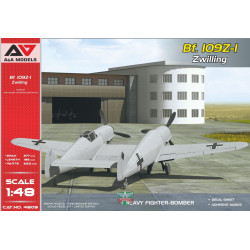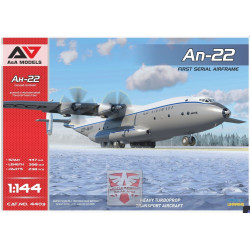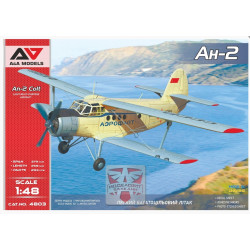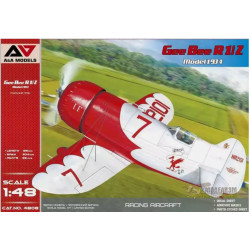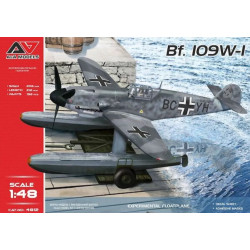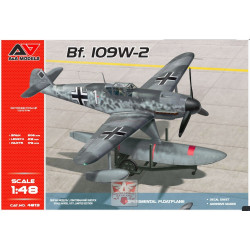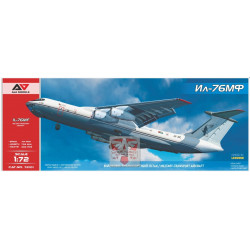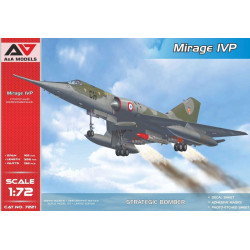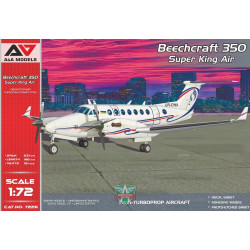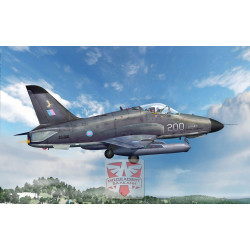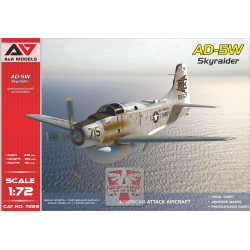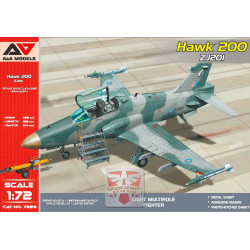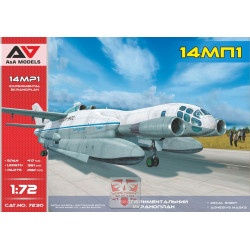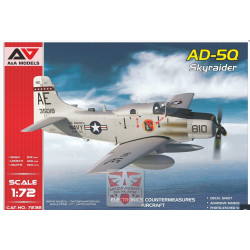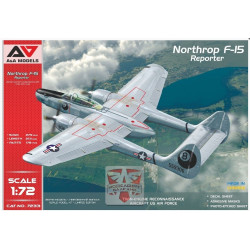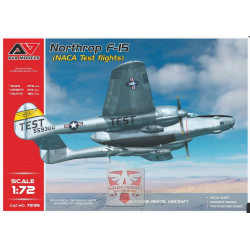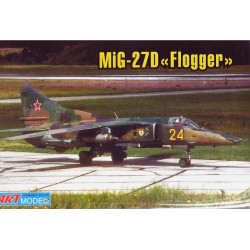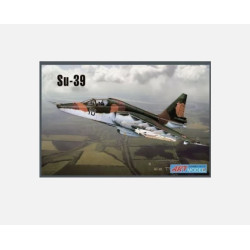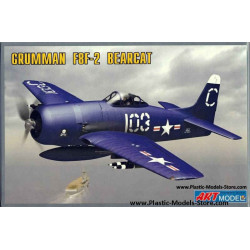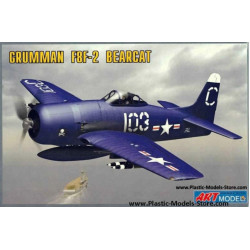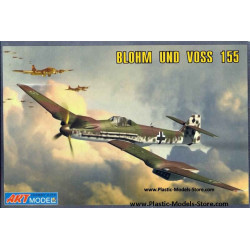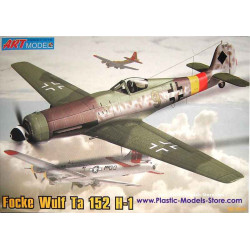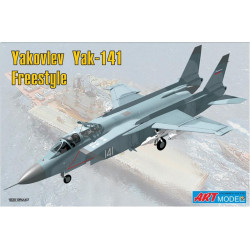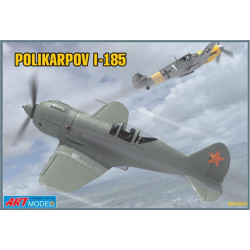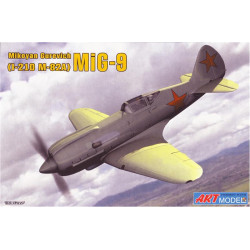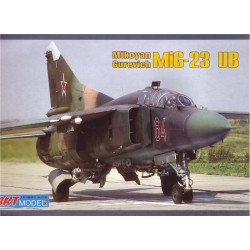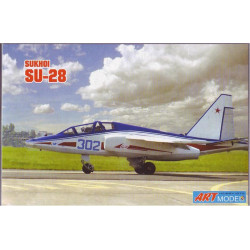Sukhoi Su-25UTG aircraft
1/72 military aircraft fighter scale plastic model kit
Art Model 7213
Manufacturer: Art Model (Ukraine)
Scale: 1/72
Material: Plastic
Paint: Unpainted, Unassembled, Kit do not contain paints and glue.
Condition: New in Box
The Sukhoi Su-25 (NATO reporting name: "Frogfoot") is a single-seat, twin-engine jet aircraft developed in the Soviet Union by the Sukhoi Design Bureau. It was designed to provide close air support for the Soviet Ground Forces. The first prototype made its maiden flight on 22 February 1975. After testing, the aircraft went into series production in 1978 at Tbilisi in the Soviet Republic of Georgia. Russian air and ground forces nicknamed it "Grach" ("Rook").
Early variants included the Su-25UB two-seat trainer, the Su-25BM for target-towing, and the Su-25K for export customers. Some aircraft are being upgraded to version Su-25SM as of 2012. The Su-25T and the Su-25TM (also known as Su-39) were further developments, not produced in numbers. The Su-25, along with the Su-34, were the only armoured fixed-wing aircraft in production in 2007. Su-25 is in service with Russia, other CIS states, and export customers.
The Su-25 has seen combat in several conflicts during its more than 25 years in service. It was heavily involved in the Soviet war in Afghanistan, flyingcounter-insurgency missions against the Mujahideen. The Iraqi Air Forceemployed Su-25s against Iran during the 1980–89 Iran–Iraq War. Most were later destroyed or fled to Iran in the 1991 Persian Gulf War. Abkhazianseparatists used Su-25s in 1993 against Georgians during the Abkhazian War.The Macedonian Air Force used Su-25s against Albanian insurgents in the 2001 Macedonia conflict and, in 2008, Georgia and Russia both used Su-25s in the Russo-Georgian War. African states, including the Ivory Coast,Chad, and Sudan have used the Su-25 in local insurgencies and civil wars.In early 1968, the Soviet Ministry of Defence decided to develop a specialised shturmovik armoured assault aircraft in order to provide close air support for the Soviet Ground Forces. The idea of creating a ground-support aircraft came about after analysing the experience of ground-attack (shturmovaya) aviation during the 1940s, 1950s, and 1960s. The Soviet fighter-bombers in service or under development at this time (Su-7, Su-17, MiG-21 and MiG-23) did not meet the requirements for close air support of the army. They lacked essential armour plating to protect the pilot and vital equipment from ground fire and missile hits, and their high flight speeds made it difficult for the pilot to maintain visual contact with a target. Having taken into account these problems, Pavel Sukhoi and a group of leading specialists in the Sukhoi Design Bureau started preliminary design work in a comparatively short period of time, with the assistance of leading institutes of the Ministry of the Aviation Industry and the Ministry of Defence.In the late 1980s and early 1990s, several Su-25 variants appeared, including modernised versions, and variants for specialised roles. The most significant designs were the Su-25UB dual-seat trainer, the Su-25BM target-towing variant, and the Su-25T for antitank missions. In addition, an Su-25KM prototype was developed by Georgia in co-operation with Israeli company Elbit Systems in 2001, but so far this variant has not achieved much commercial success. The Su-25 is the only armoured aircraft still in production in 2007.
The Russian Air Force, which operates the largest number of Su-25s, had planned to upgrade older aircraft to the Su-25SM variant, but funding shortfalls have slowed the progress; by early 2007 only seven aircraft had been modified.[9]The base model Su-25 incorporates a number of key avionics systems. It has no TV guidance, but includes a distinctive nose-mountedlaser rangefinder, that is hypothesized to provide for laser-based target designation capability. A DISS-7 doppler radar is used for navigational purposes; the Su-25 can fly at night, in both visual and instrument meteorological conditions.
The Su-25 often has multiple radios installed for air-to-ground and air-to-air communications, including an SO-69 identification-friend-or-foe (IFF) transponder. The aircraft's self-defence suite includes various measures, such as flare and chaff dispensers capable of launching up to 250 flares and dipole chaff. Hostile radar uses are guarded against via an SPO-15 radar warning receiver.
An airtight avionics compartment is behind the cockpit and in front of the forward fuel tank.
The newer Su-25TM and Su-25SM models have an upgraded avionics and weapons suite, resulting in improved survivability and combat capability.
Su-25
A Georgian Su-25UB
Role
Close air support
Manufacturer
Sukhoi Design Bureau
Tbilisi Aircraft Manufacturing (former)
First flight
22 February 1975 (T8)
Introduction
19 July 1981
Status
In service
Primary users
Russian Air Force
Belarusian Air Force
Ukrainian Air Force
North Korean Air Force
See Operators for others
Produced
1978–present
Number built
1,024
Unit cost
US$11 million
| General Product Info | |
| Material | Plastic |
| Scale | 1/72 |
| Type | Fighter / Interceptor |
We have the lowest worldwide shipping. And it's totally simple.
EUROPE, USA, CANADA TURKEY, ISRAEL, EGYPT, UE CHINA, JAPAN, HK, S.KOREA | AU NZ MX South America, Asia | |
| Order weight up to 0.22kg or 0.48lb | US$ 8.90 | US$ 8.90 |
| Order weight up to 0.44kg or 0.97lb | US$ 13.95 | US$ 17.90 |
| Order weight over 0.44kg or 0.97lb | US$ 19.99 | US$ 29.99 |
| Order total over $150 | FREE | PROMO US$ 19.99 |
Shipping to some countries not qualifies for the free shipping option but costs not over $29.99 for any sized order. Sorry for that, your location is too far.
- Stock: 2
- Model: ART7213
- Weight: 0.71lb
- DATE ADDED: 03/03/2014
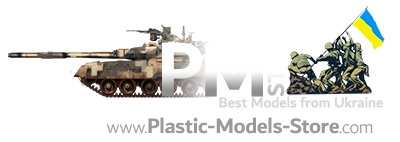
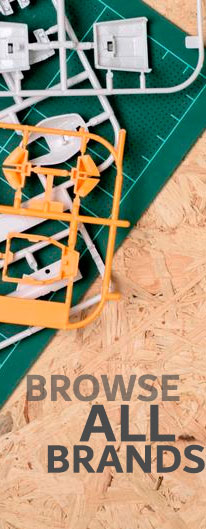

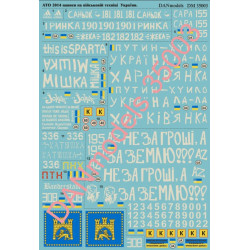
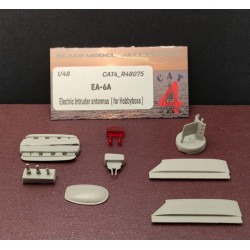



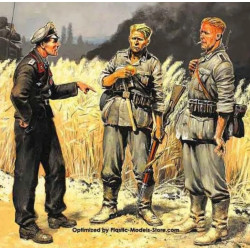



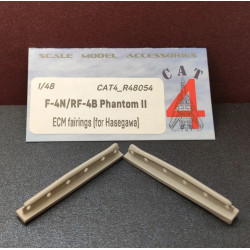
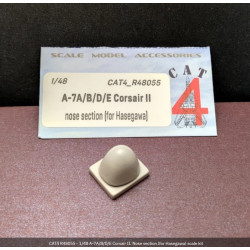

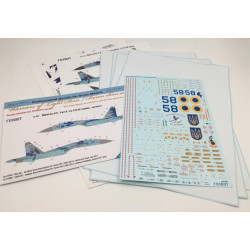
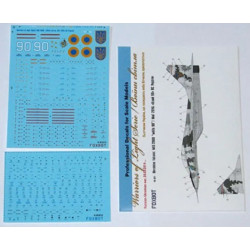

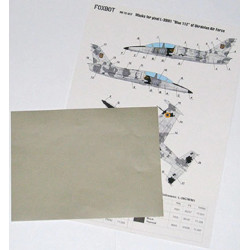
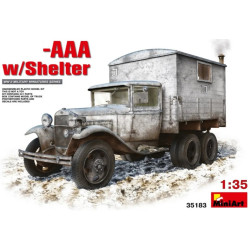


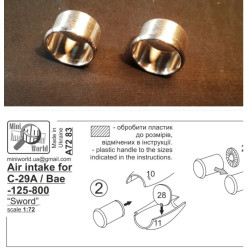
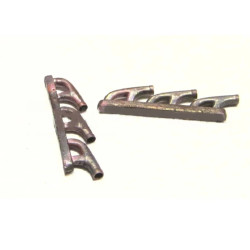
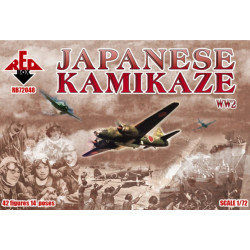





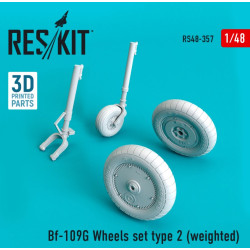


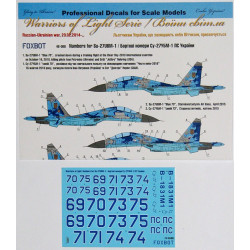
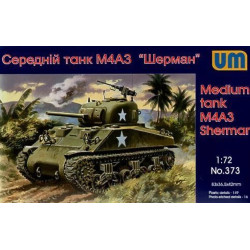









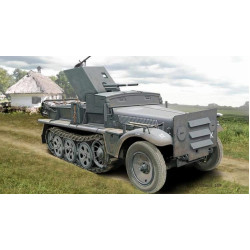
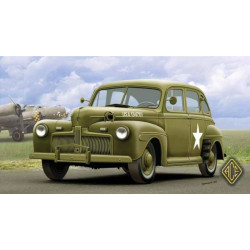
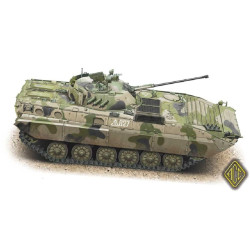
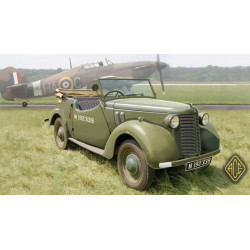
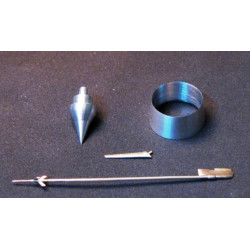

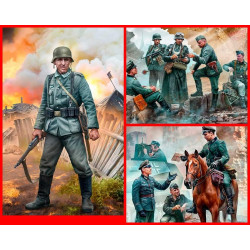
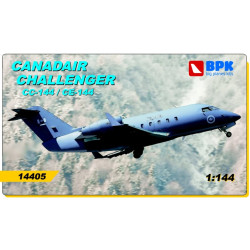
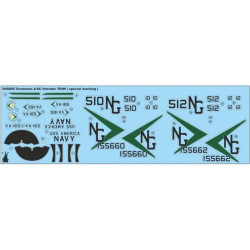

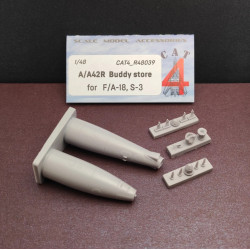

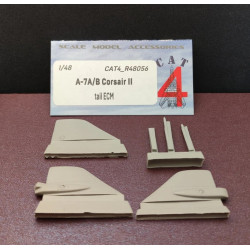
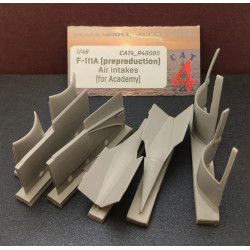
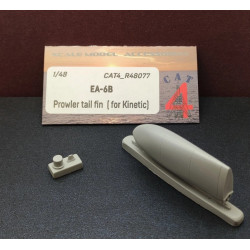
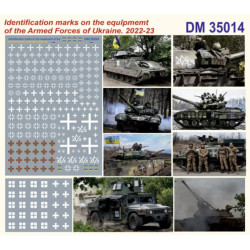
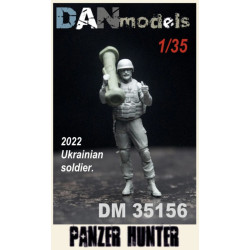

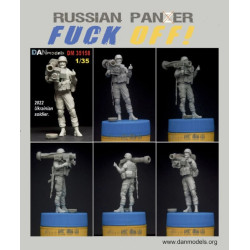

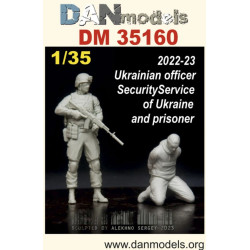
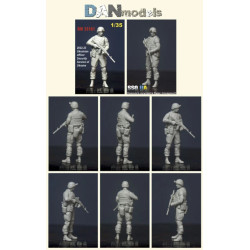

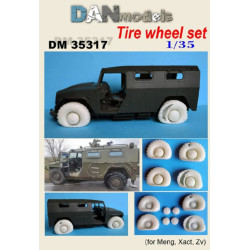
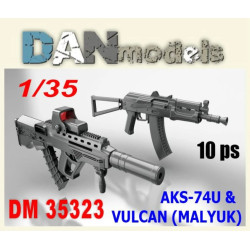
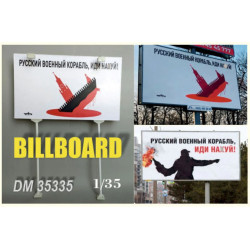
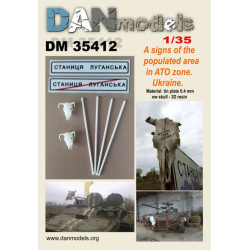


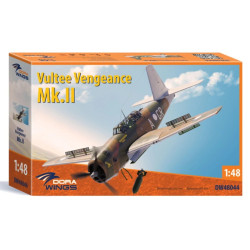

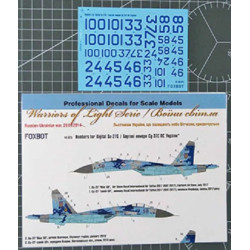

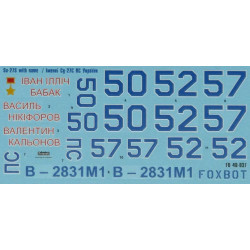

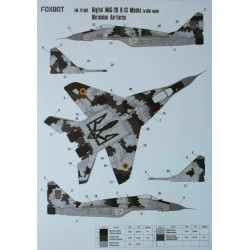





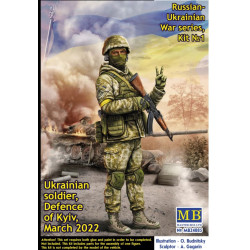
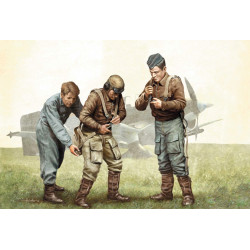

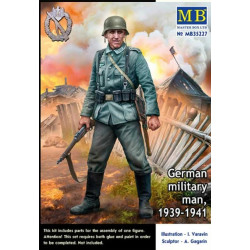
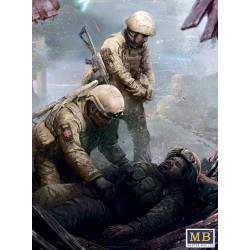












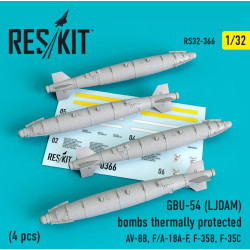










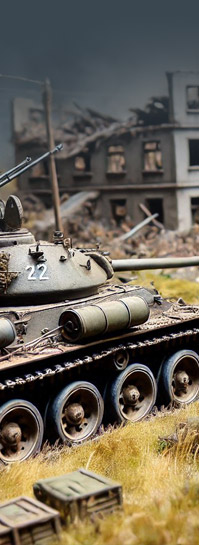


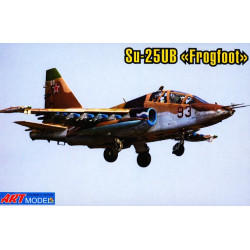
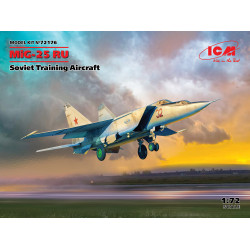
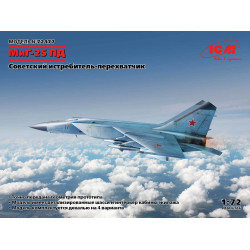
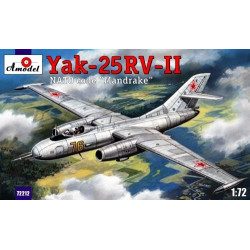
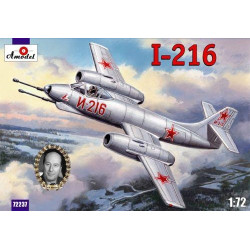
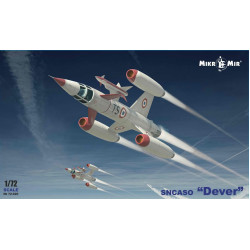
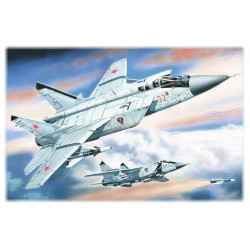

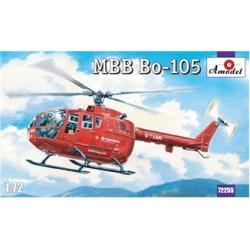
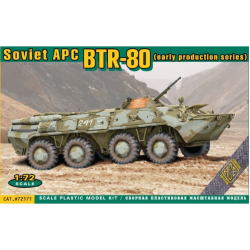

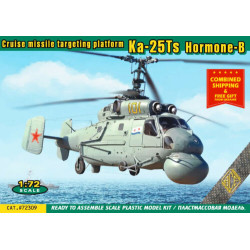

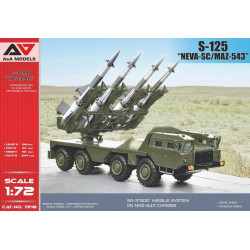
%201-250x250w.jpg)
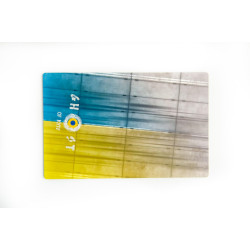

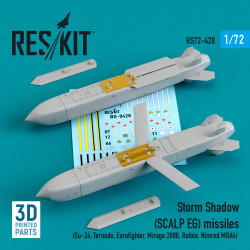

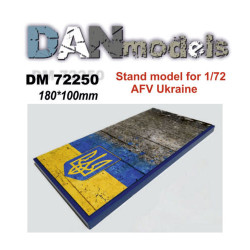

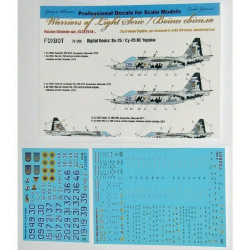

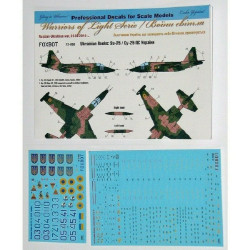
-250x250.jpg)

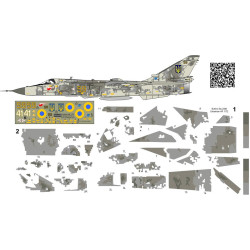
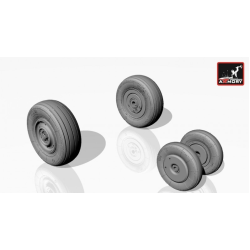
-250x250w.jpg)
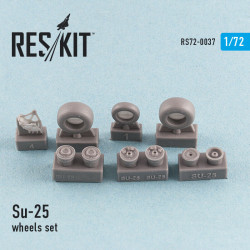

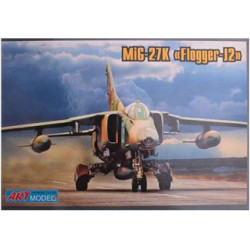
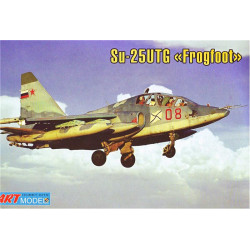
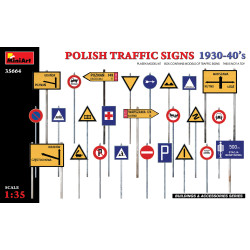

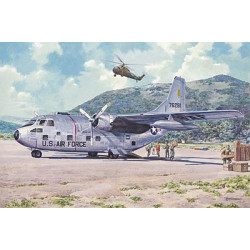
-250x250w.jpg)
